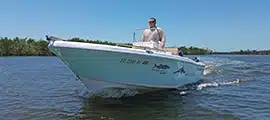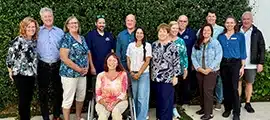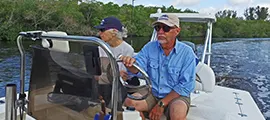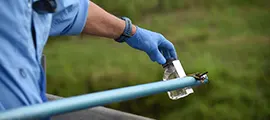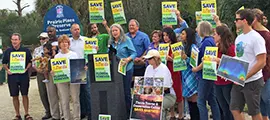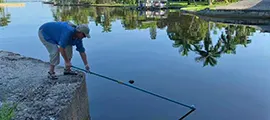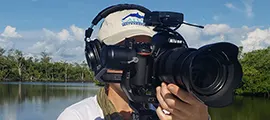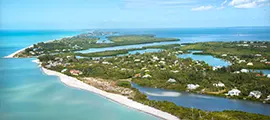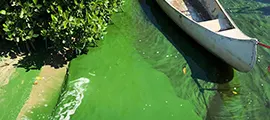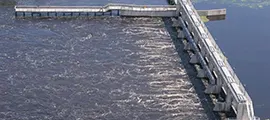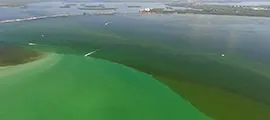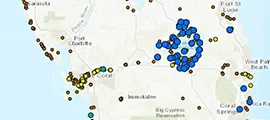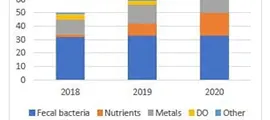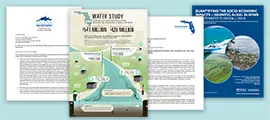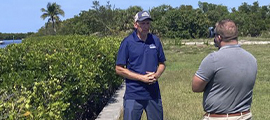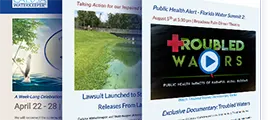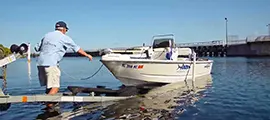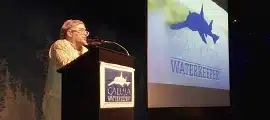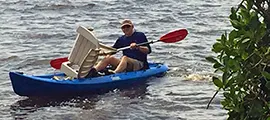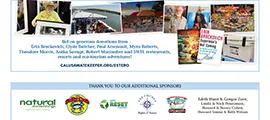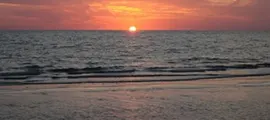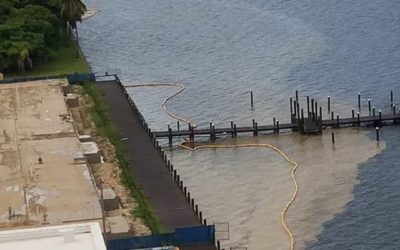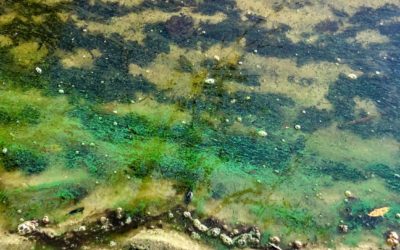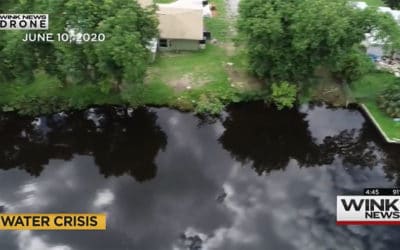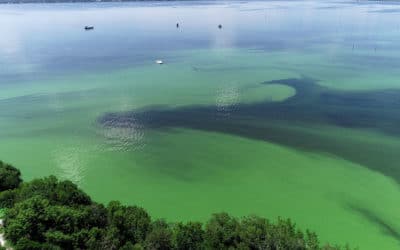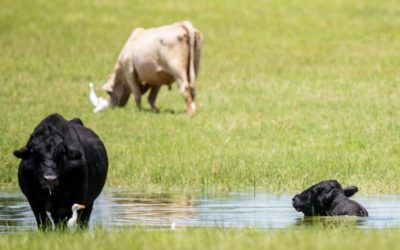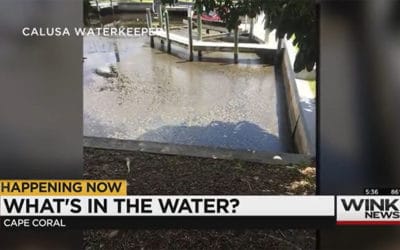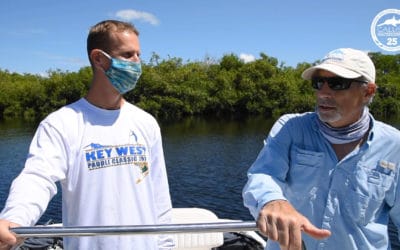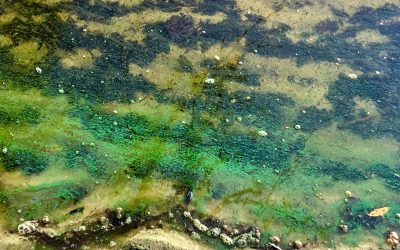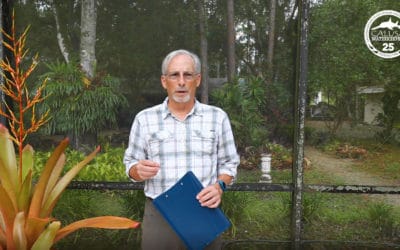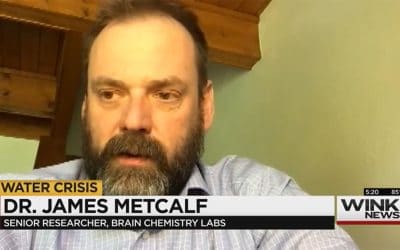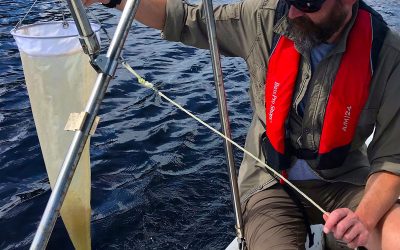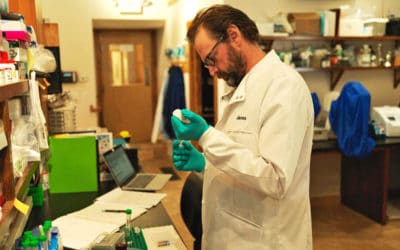Calusa Waterkeeper
In the News
Dirty Water Again Surged into the Caloosahatchee from Two Downtown Fort Myers Construction Sites
Two downtown Fort Myers developments have been shut down again for water pollution violations. On Monday, the FDEP fined City Walk $56,948.00 for violating clean water rules in June; action against Silver Hills is pending. Both developments are near West First Street.
Blue-Green Algae Staying out of Caloosahatchee with Red Tide Season Two Months Away
The Caloosahatchee river and estuary are in pretty good shape this summer, although algae blooms loom inland and along the coast. Lake Okeechobee has been plagued by a blue-green algae bloom this summer, but it seems that algae has been contained so far.
Fecal Contamination Level is High in Billy’s Creek
The latest tests from Calusa Waterkeepers shows that contamination levels caused by fecal bacteria in Billy Creek remain high. In June, WINK News joined Calusa Waterkeepers during their testing when they were attempting to trace the source of the fecal bacteria in Billy Creek.
Poison Blooms
Florida’s waters are at a tipping point as phosphorus and nitrogen pollution and climate change combine to create a perfect storm for the increasingly frequent outbreaks of toxic blue-green algae and red tides. St. Johns Riverkeeper Lisa Rinaman and Calusa Waterkeeper John Cassani are leading the fight against this growing scourge.
Rainy Season Turning out Rather Dry in Southwest Florida
The Everglades is looking at above-average rains this summer, but conditions are relatively dry in Lee and Collier counties. While the 16-county South Florida Water Management District is averaging an inch above normal for this time of the year, Southwest Florida is nearly 6 inches below normal for the same period.
Blue-Green Algae Found in Cape Coral Canal
Going beneath the surface to figure out what’s going on with our water. “People are now seeing it in abundance in their canals,” said Calusa Waterkeeper, John Cassani. Cassani posted the photo below from a Cape Coral canal near Savona Parkway.
Words from the Waterkeeper, Episode 17
Join Calusa Waterkeeper John Cassani with special guest Professor James Douglass from Florida Gulf Coast University on the Estero Bay tributaries as they talk water quality and conditions.
Blue-Green Algae Task Force to Meet After Months-Long Hiatus
Florida’s Blue-Green Algae Task Force is meeting again, after a several-month hiatus due to the coronavirus pandemic. The group is made up of scientists from around the state who make recommendations to lawmakers with the goal of eventually cleaning up the state’s ailing waterways.
Words from the Waterkeeper, Episode 16
Catch up with John Cassani and all things water quality in this episode of Words from the Waterkeeper. Updates on the significant Lake Okeechobee algae bloom along with fecal bacteria contamination in local waterways and shellfish harvesting restrictions from FDACS.
Research Reveals how Red Tide and Blue-Green Algal Blooms could Affect your Health
New research provides some of the best information yet about how these harmful algal blooms could impact our health. It’s all hands on deck to tackle Southwest Florida’s water crisis, and that includes James Metcalf, Ph.D., with Brain Chemistry Labs in Wyoming.
Multiple Blooms, Multiple Toxins, Multiple Worries: New Study Sheds Light on 2018’s Disastrous Algae Crisis in Florida
Those who lived through 2018’s summer knew Southwest Florida’s water was bad, but a new peer-reviewed scientific study helps clarify how bad. The paper shows residents were exposed to a mix of potentially dangerous toxins at the same time, as a one-two punch of algae blooms left the economy reeling and residents sickened.
Florida Harmful Algal Blooms Produce Multiple Toxins Detrimental to Human Health
In 2018, releases of cyanobacterial-laden freshwater from Lake Okeechobee transported a large bloom of Microcystis cyanobacteria down the Caloosahatchee. Analysis of water samples showed high concentrations of microcystin-LR, sufficient to result in adverse human and animal health effects if ingested.
